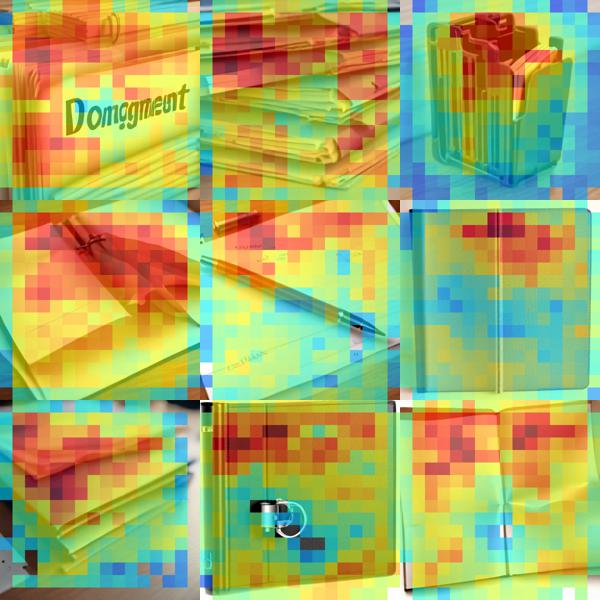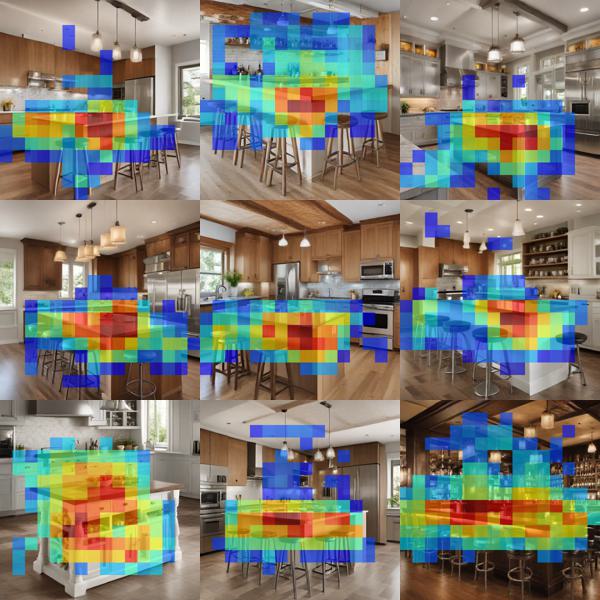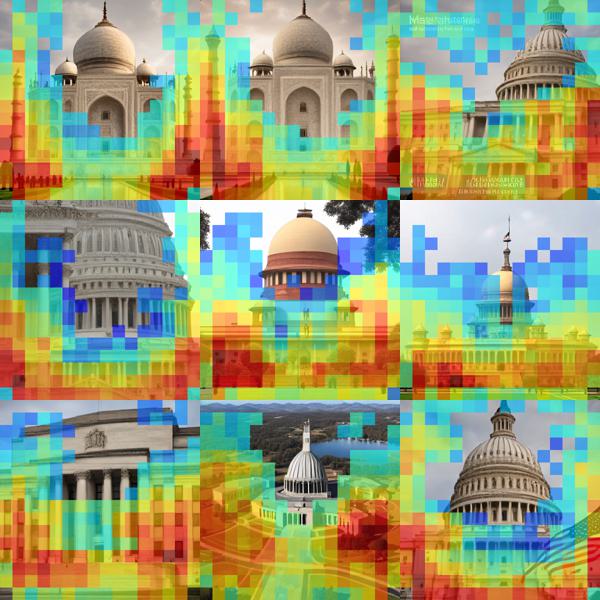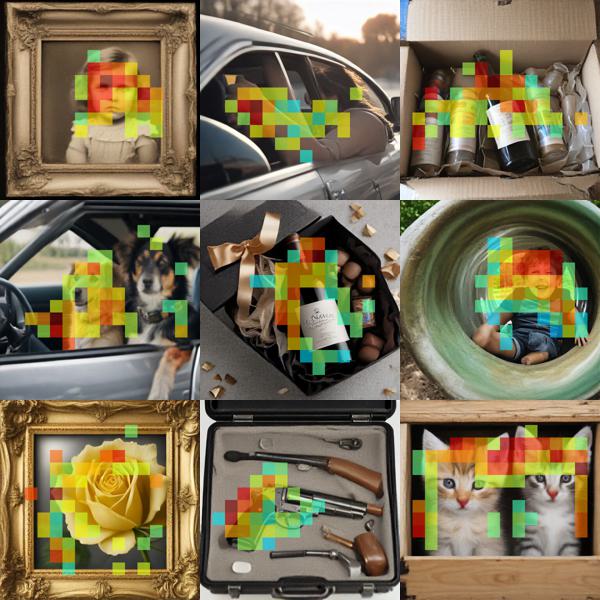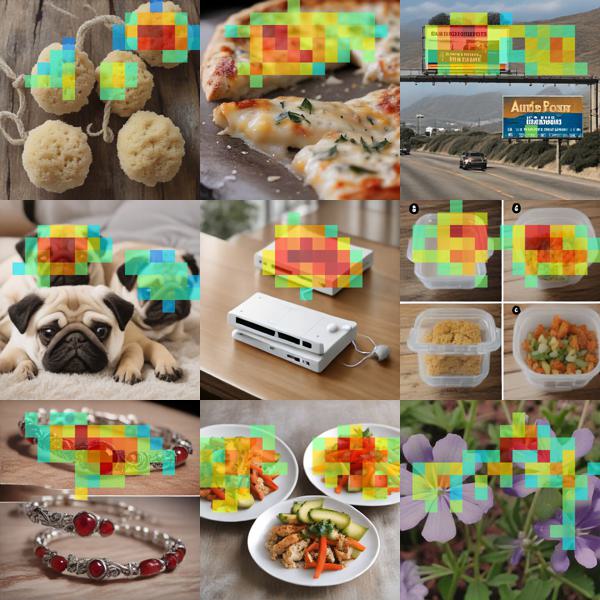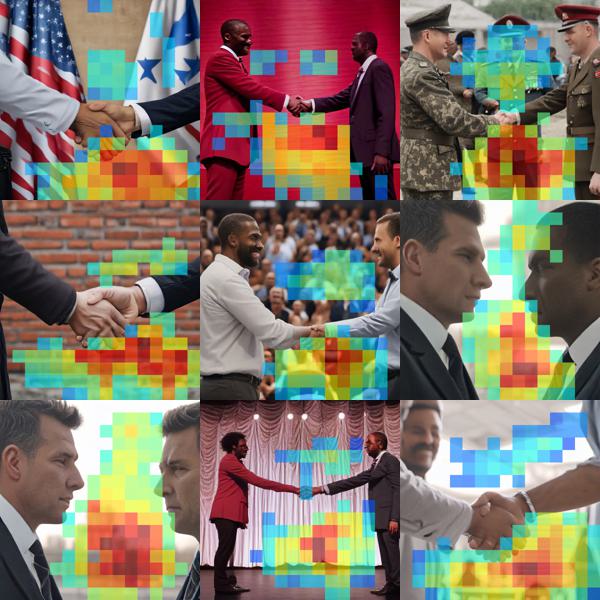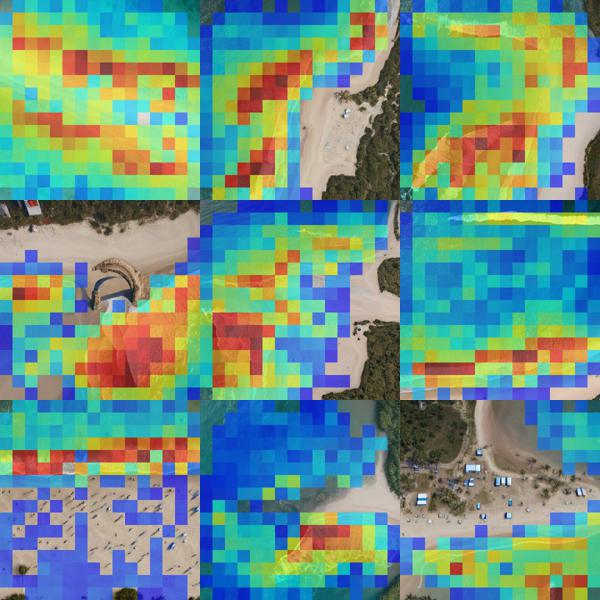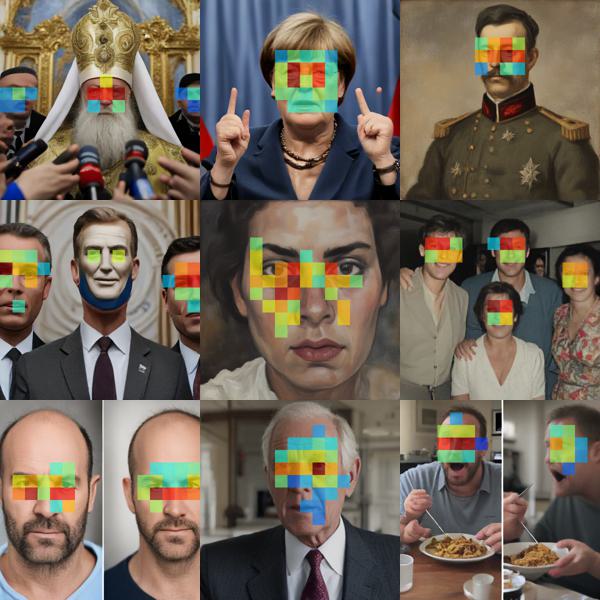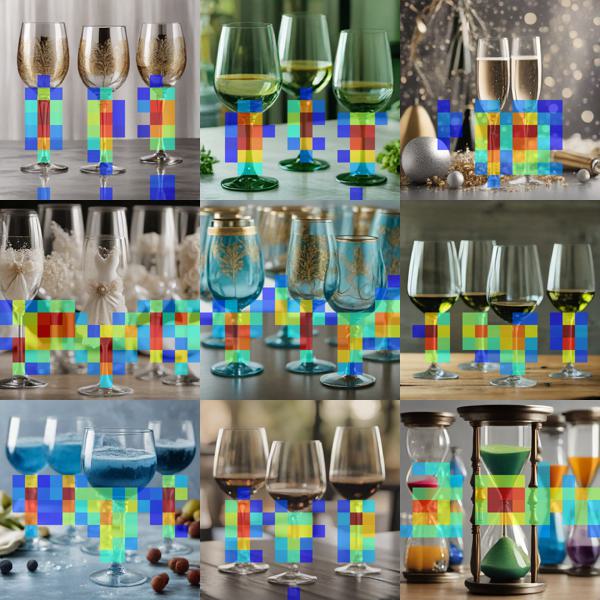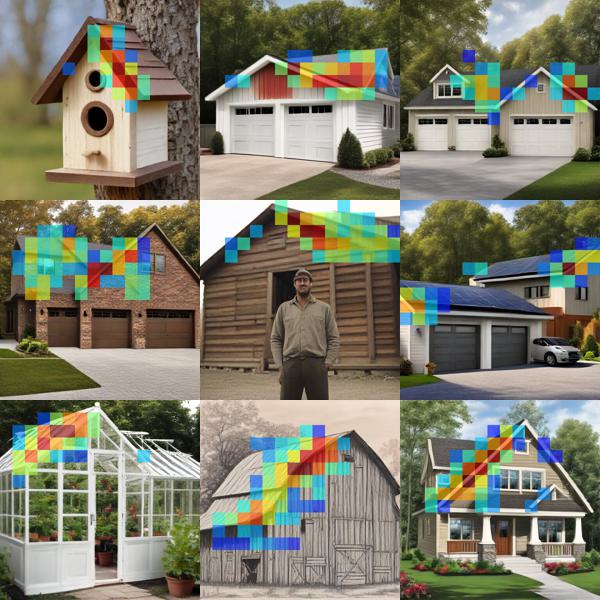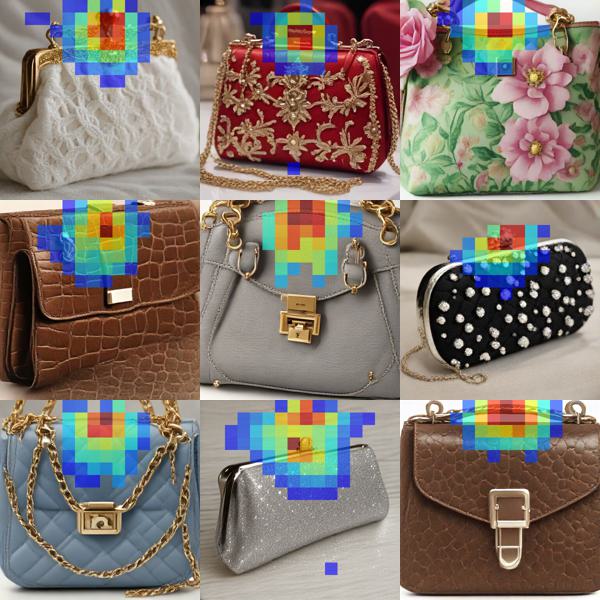BibTeX
The first version of our paper, which is the first work leveraging SAEs within text-to-image diffusion models.
@misc{surkov2024unpackingsdxlturbointerpreting,
title={Unpacking SDXL Turbo: Interpreting Text-to-Image Models with Sparse Autoencoders},
author={Viacheslav Surkov and Chris Wendler and Mikhail Terekhov and Justin Deschenaux and Robert West and Caglar Gulcehre},
year={2024},
eprint={2410.22366},
archivePrefix={arXiv},
primaryClass={cs.LG},
url={https://arxiv.org/abs/2410.22366},
}
Updated version of the paper, showcasing multi-step generalization and a few more nice findings that we made along the way.
@misc{surkov2025onestepenoughsparseautoencoders,
title={One-Step is Enough: Sparse Autoencoders for Text-to-Image Diffusion Models},
author={Viacheslav Surkov and Chris Wendler and Antonio Mari and Mikhail Terekhov and Justin Deschenaux and Robert West and Caglar Gulcehre and David Bau},
year={2025},
eprint={2410.22366},
archivePrefix={arXiv},
primaryClass={cs.LG},
url={https://arxiv.org/abs/2410.22366},
}
